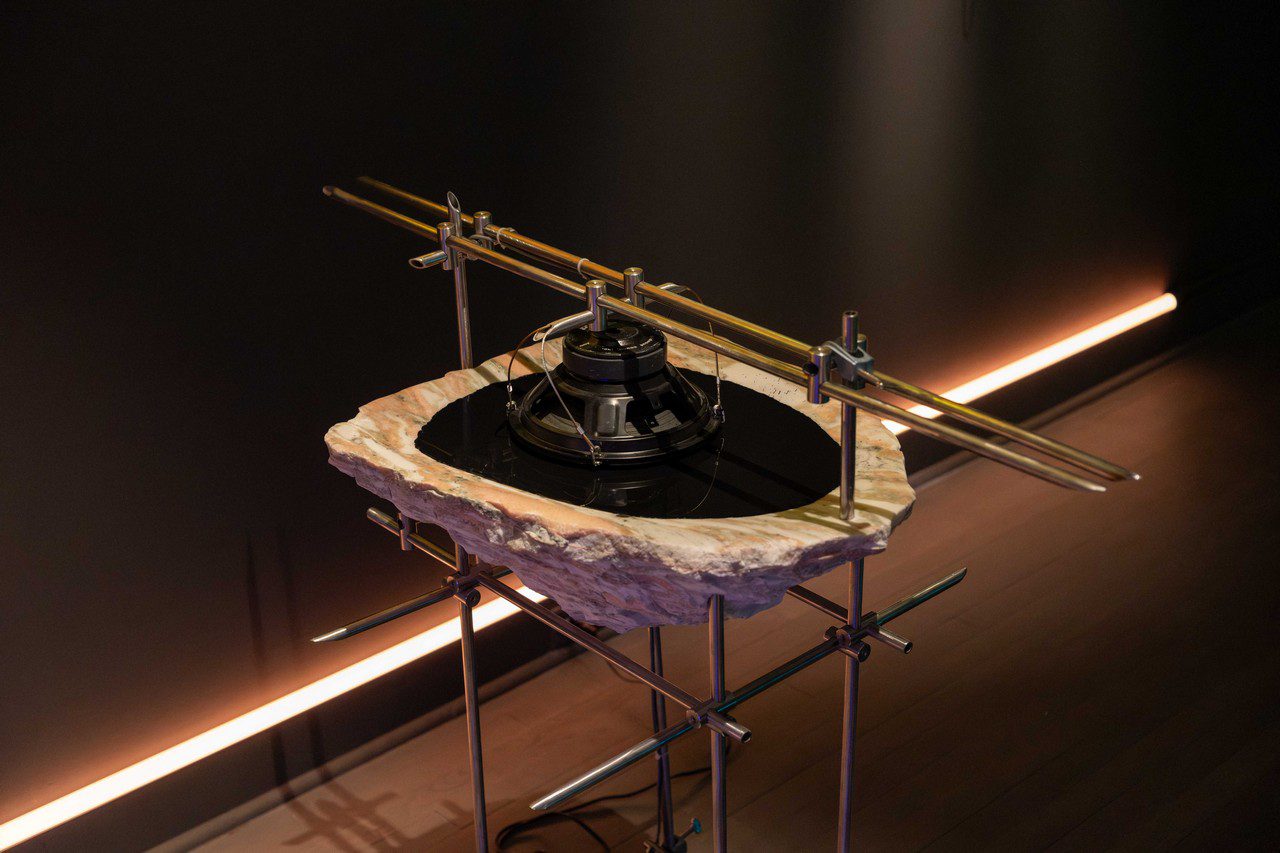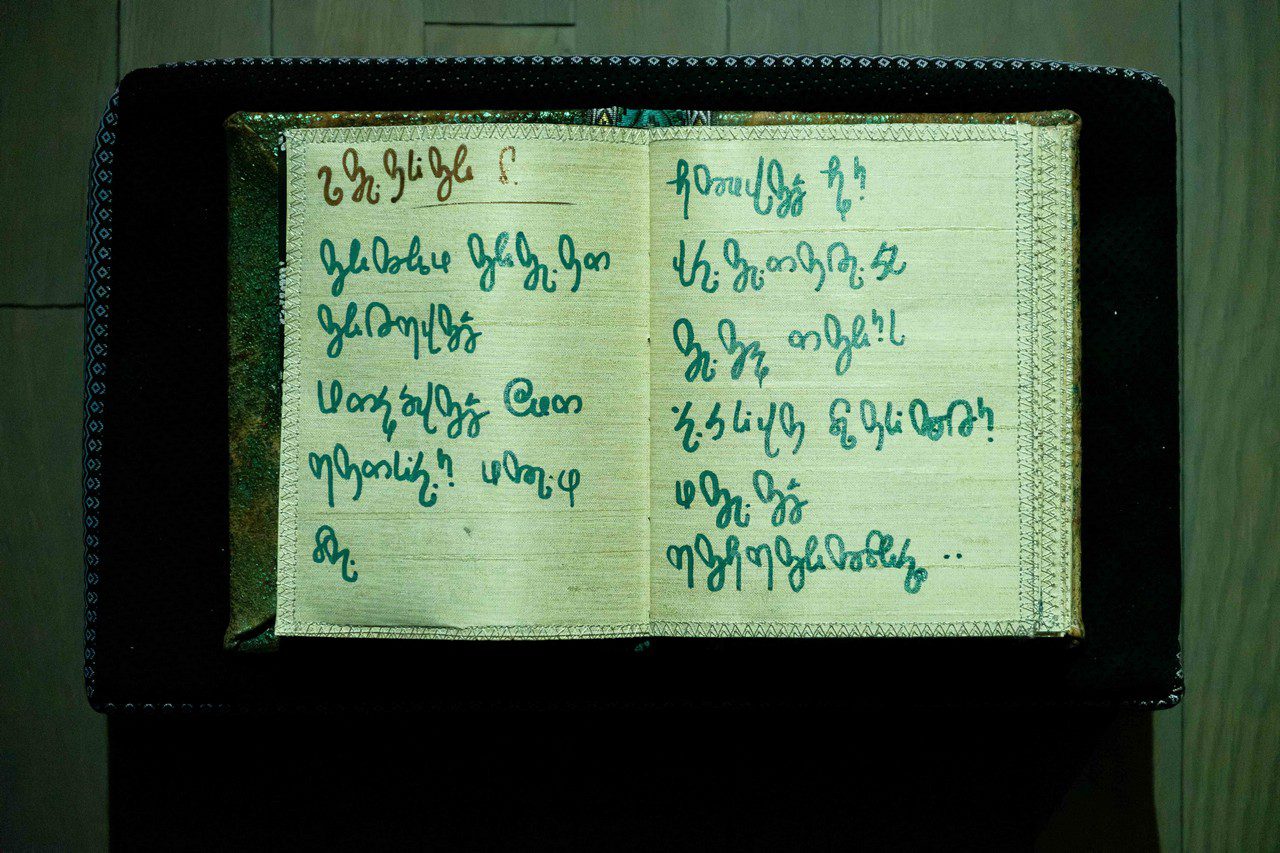PRESENTATION:The Bride Has Gone to Pick Flowers
The group exhibition “The Bride Has Gone to Pick Flowers” presents works by three artists who utilize installation, sculpture, assemblage, textile, sound, and performance to delve into the significance of marriage rituals from the Caucasus region. Together, they create new worlds that reimagine these traditions through a speculative and queer lens.
By Dimitris Lempesis
Photo: CUE Art Foundation Archive
The title of the exhibition, “The Bride Has Gone to Pick Flowers” makes reference to a Persian phrase common in Iranian wedding ceremonies: “لﮔ ﮫﺗﻓر سورﻋ ﮫﻧﯾﭼﺑ”, spoken as part of a playful consent ritual at the altar. When the bride demurs at the first or second offer of marriage, guests chime in with various lighthearted reasons for why she cannot respond, before the inevitable “yes” arrives. Within the exhibition, the eponymous bride becomes a metaphor for the fluid and evolving nature of identity, a character shaped by the dynamic exchange of ideas and the porosity of cultural boundaries. Each artist employs alter egos as a vehicle for exploring and reinterpreting inherited practices. By embodying ancient deities and iconic literary figures, Kafafian, Kazemi, and Levani question societal norms, reposition archetypal constructs, and expand upon established customs, creating spaces that are inclusive and affirming of queer identities. Levon Kafafian is a weaver who works the narrative threads of costume, artifact, ritual, and installation into stories about possible worlds and potential futures. Treating woven cloth as portals into these other worlds, Kafafian generates texts infused with future ancestral practice, hybridity, and magic. Their current work channels the world of Azadistan out of the Armenian diasporic imaginary toward the forthcoming graphic novel “Portal Fire”. Levon Kafafian’s installation “Mirror of Fate” is inspired by the Armenian midsummer holiday hampartsum—a celebration of love and new beginnings. It is centered around the serpentine spirit Anarad, a central figure in their ongoing world-building project, Azadistan. Making reference to the practice of vijagakhagh (fortune telling), Kafafian creates an altar enveloped within suspended panels of hand-dyed silk dedicated to divination and the search for love. Among the objects handmade by the artist within the altar are a book, a leather artifact and rug, and Pools of Liquid Time crafted from satin, beadwork, and cured resin that evoke the flow of time, Anarad’s domain of influence and magic. The work is accompanied by a soundscape by electronic musician and sound artist Lara Sarkissian informed by the resonant echoes of Armenian churches and the mountainous landscapes of the Caucasus. Fatemeh Kazemi, also known as Afimoh, is an interdisciplinary artist and researcher whose practice spans material fabrication, fiction writing, archiving, filming, curating, organizing, and hosting. Her work engages with themes of communal grief or مﻏ (/gham/), underground economies, kitsch Iranian visual culture, ritual, and subculture. Developed through conversation and community-oriented collaborations, her approach is deeply rooted in collective experiences. Fatemeh Kazemi’s “Yalan Dünya” draws inspiration from a ritual led by married women of rubbing sugar cubes above the heads of newlyweds. In Saqi, a partition screen is covered in wallpaper that reproduces drawings of a female figure and archival photos of lovers embracing. These works explore the parallels between celebration and mourning, joy and grief. Kazemi channels her alter ego, the saqi (cupbearer), a seminal character in Persian literature who serves as a conduit for collective memory. In Dünya Mest Olmuş, wall moulding doubles as a concrete poem written from the perspective of the saqi about the process of fermenting grapes to be distilled into libations. The saqi embodies both earthly and spiritual realms and is represented as both male and female, manifesting a fluidity aligned with Kazemi’s explorations of queerness and cultural identity. Levani (Levan Mindiashvili) is a transdisciplinary artist who works at the interstices of art, science, ecology, and spirituality. Levani delves into ancient Georgian beliefs and Sumerian mythology in the installation “the altar”, which marries the elemental forces of fire, water, earth, and air. Projected footage of the sun—a primary source of light, life, energy, and knowledge—is flanked by “v. the hierophant i. + ii.”, two horned, androgynous totems that embody the duality of light and dark, masculine and feminine. Positioned amidst them is a water-filled stone basin hand carved by sculptor Papuna Dabrundashvili. Sounds of protesters in Tbilisi, recorded by artist Marika Kochiashvili, create perceptible vibrations. Across from the installation is “ii. the priestexx” [bride], which has dual presence as a warrior, and includes hand-hammered copper adornments by designer Godera. These works echo struggles for justice throughout time and highlight the relationship between present-day and ancestral cultural practices.
Participating Artists: Levon Kafafian, Fatemeh Kazemi, Levani
Photo: Levon Kafafian, Detail of Khorurt Anaradi as part of Mirror of Fate, 2025. Photo by Leo Ng.
Info: Curator: Lila Nazemian, CUE Art Foundation, 137 West 25th Street, Ground Floor, New York, NY, USA, Duration: 30/1-10/5/2025, Days & Hours: Wed-Sat 12:00-18:00, https://cueartfoundation.org/
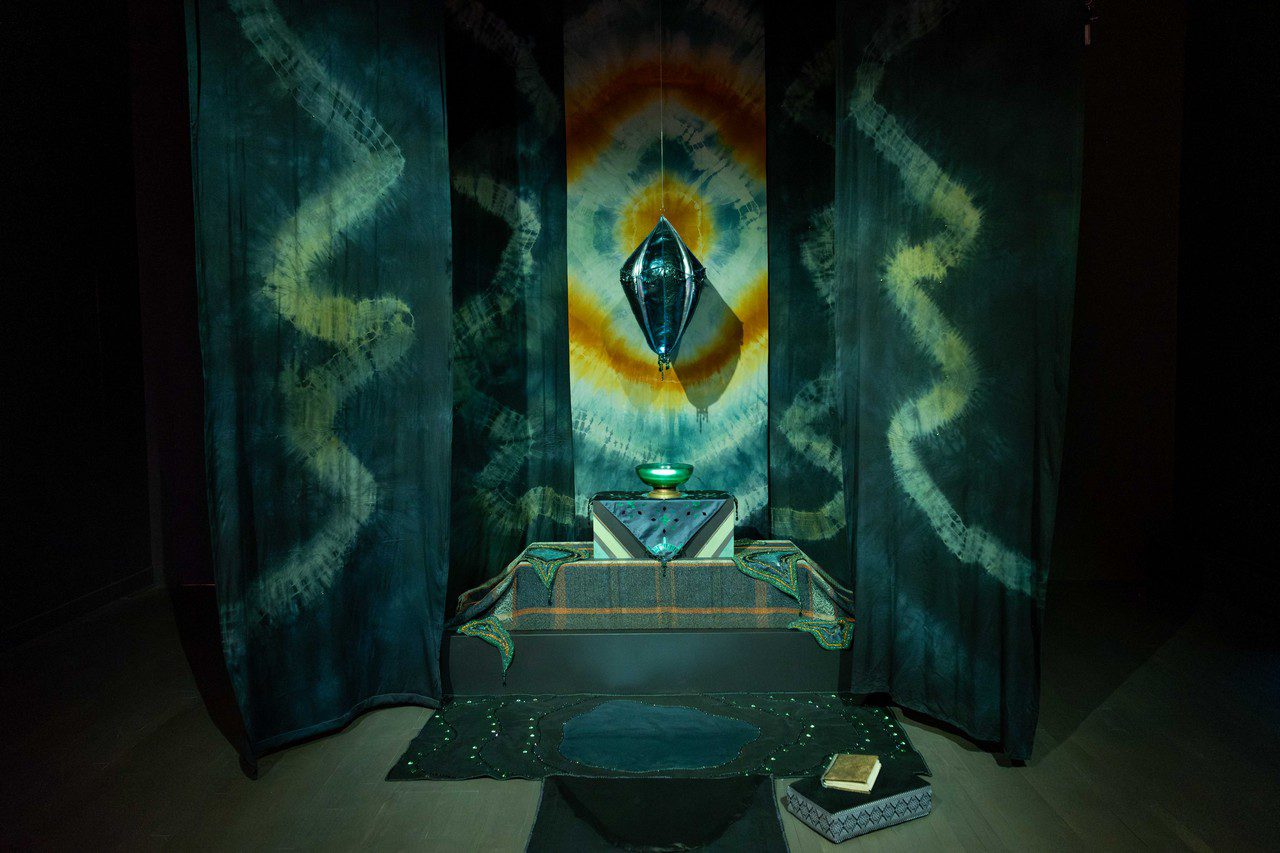
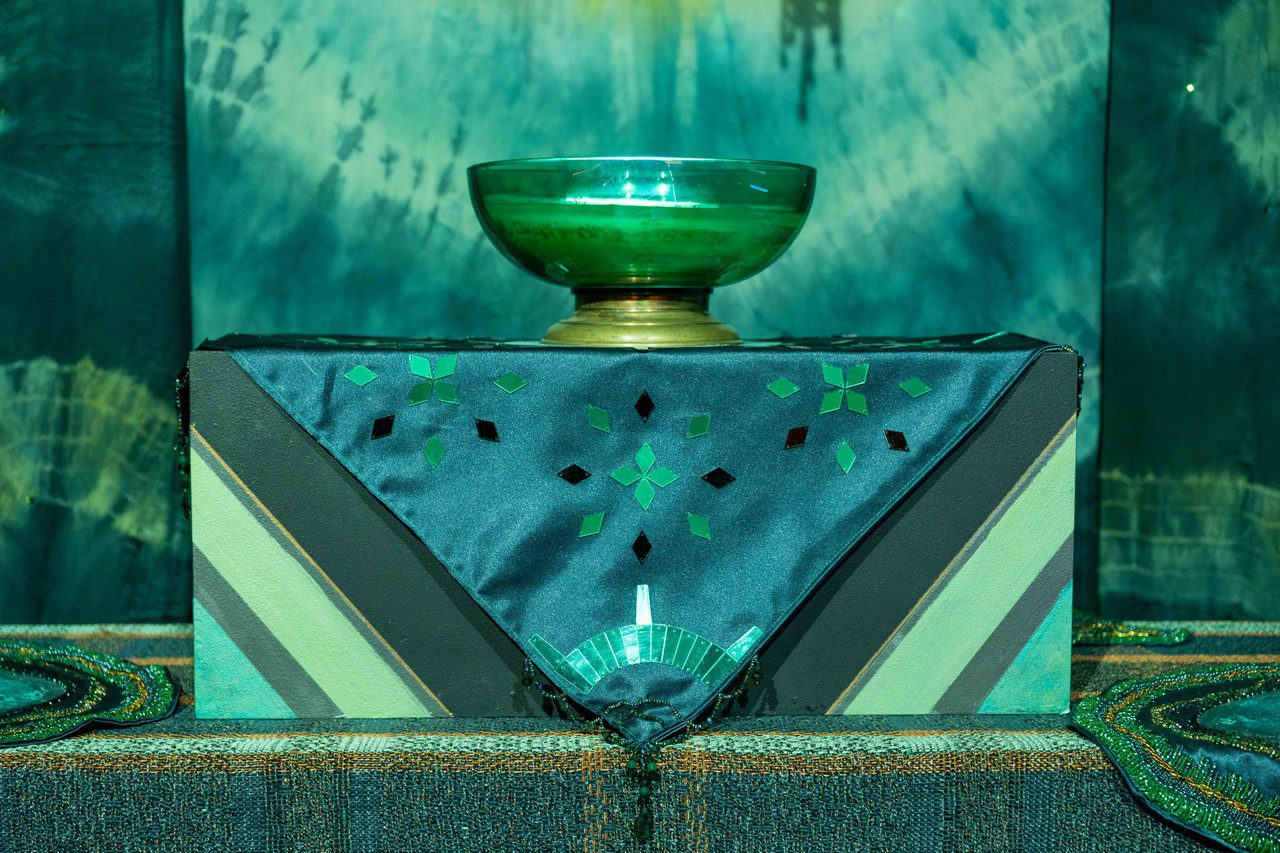
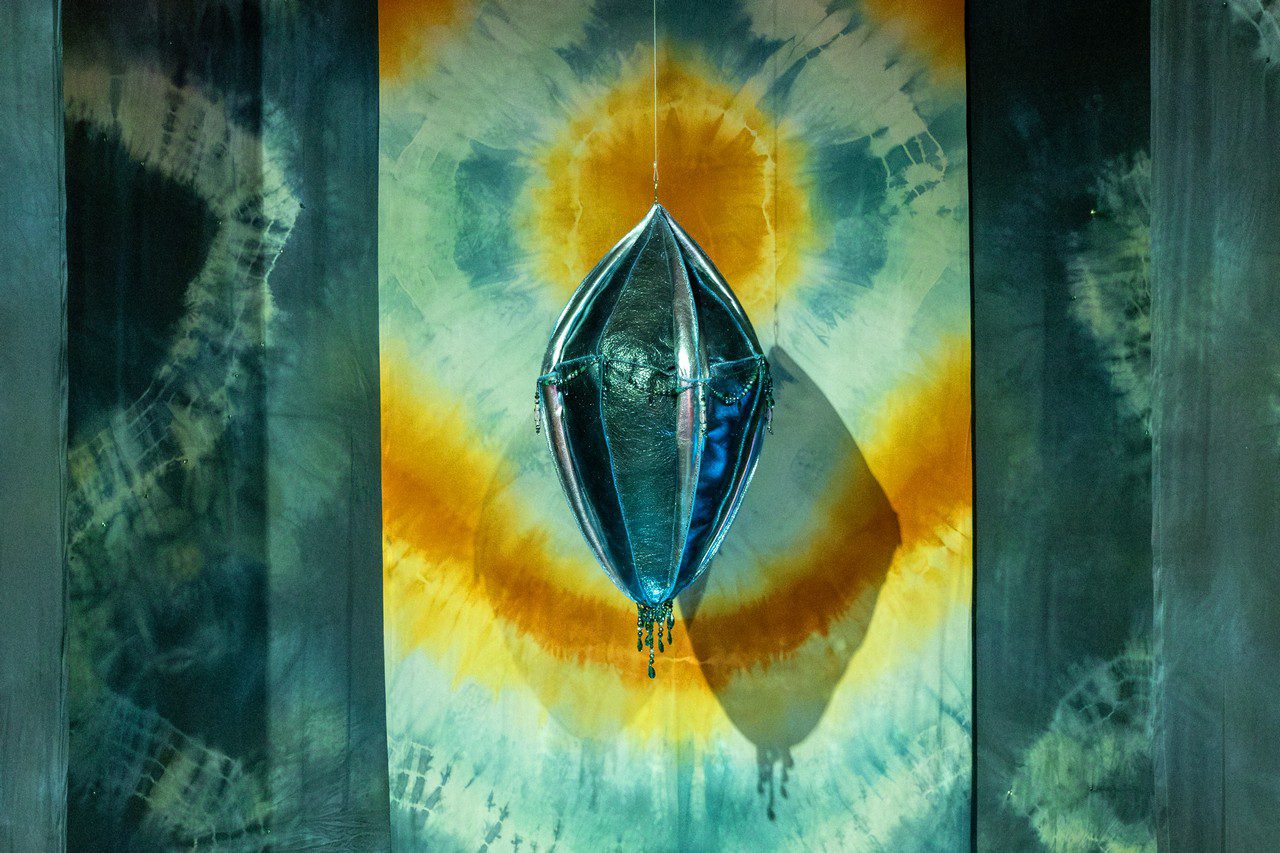
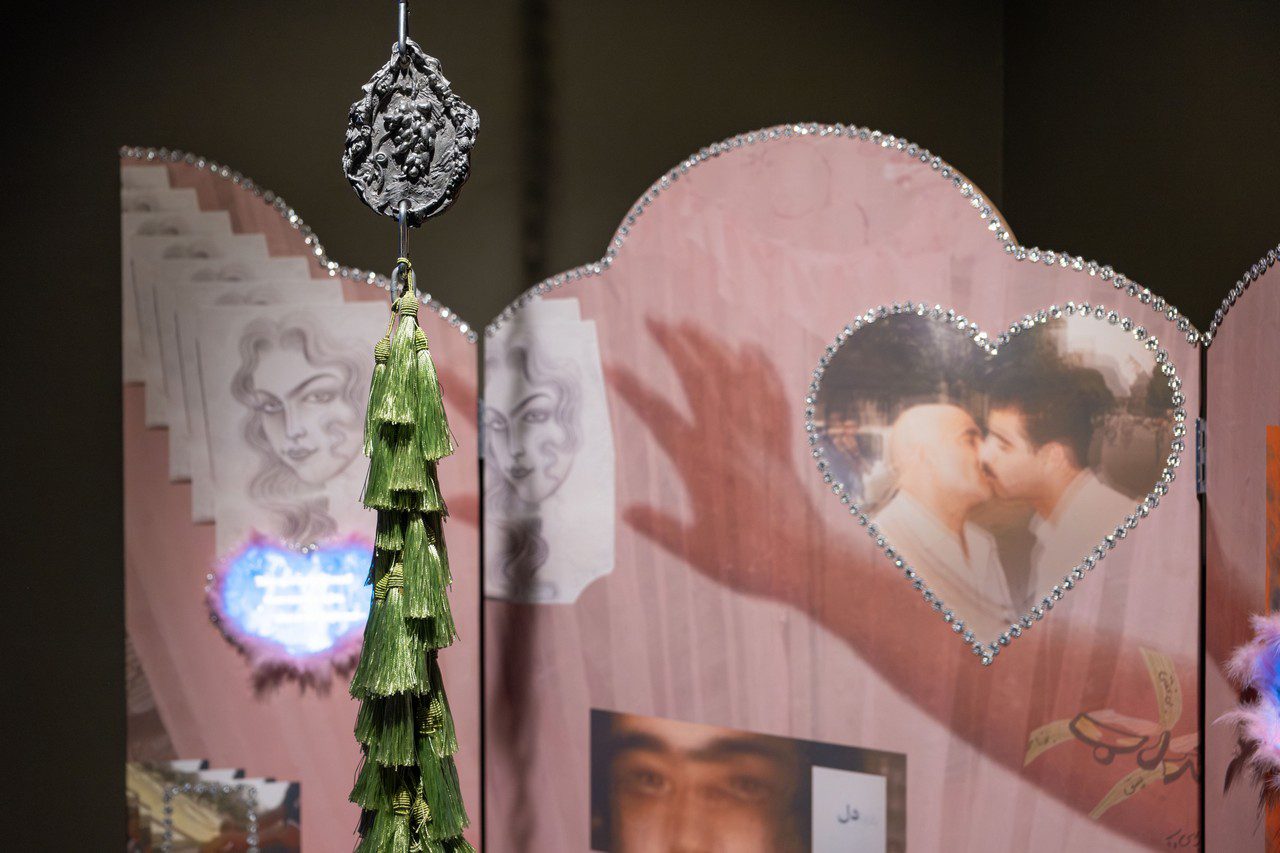
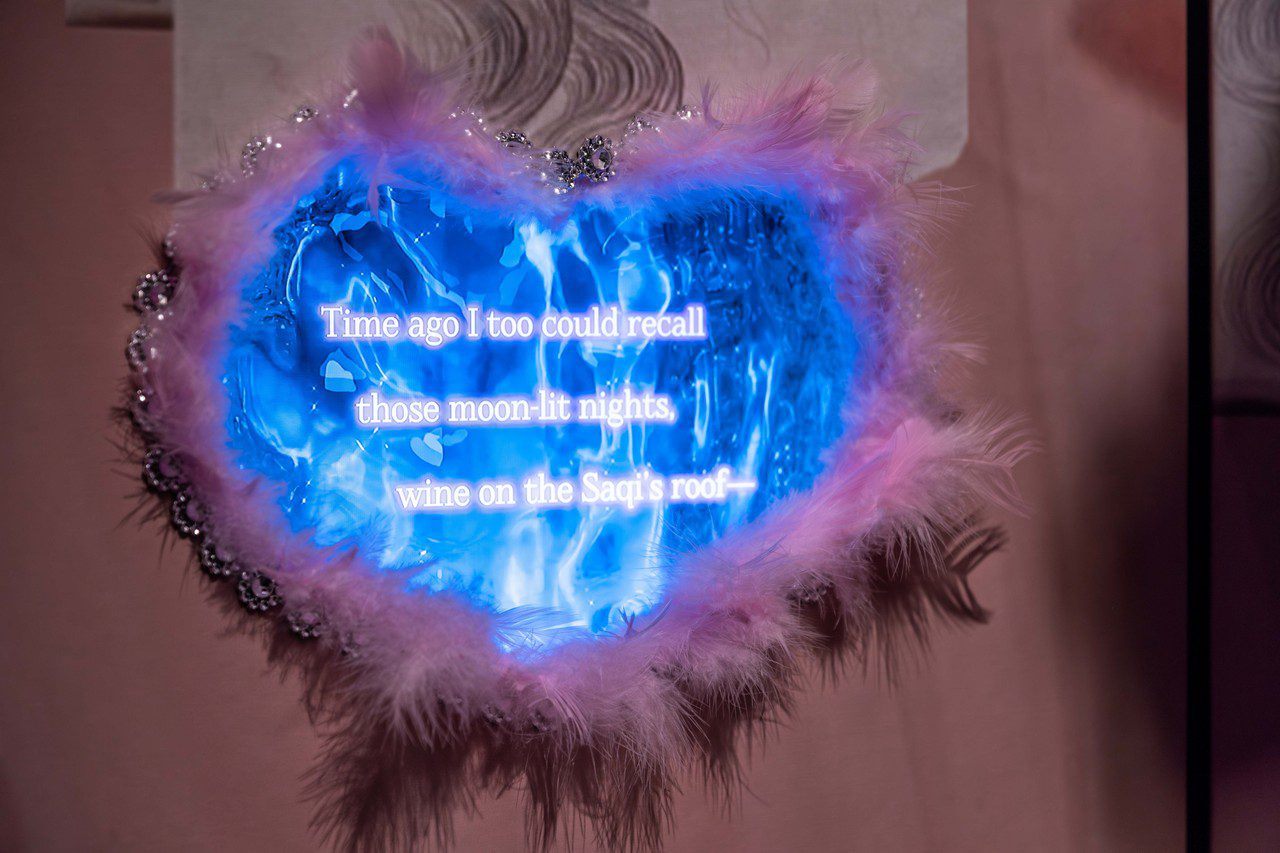


![Levani, Detail of ii. the priestexx [bride], 2025. Photo by Leo Ng](http://www.dreamideamachine.com/web/wp-content/uploads/2025/03/34.-Levani-Detail-of-ii.-the-priestexx-bride-2025.-Photo-by-Leo-Ng_.jpg)
![Levani, Detail of ii. the priestexx [bride], 2025. Photo by Leo Ng_](http://www.dreamideamachine.com/web/wp-content/uploads/2025/03/35.-Levani-Detail-of-ii.-the-priestexx-bride-2025.-Photo-by-Leo-Ng_.jpg)
